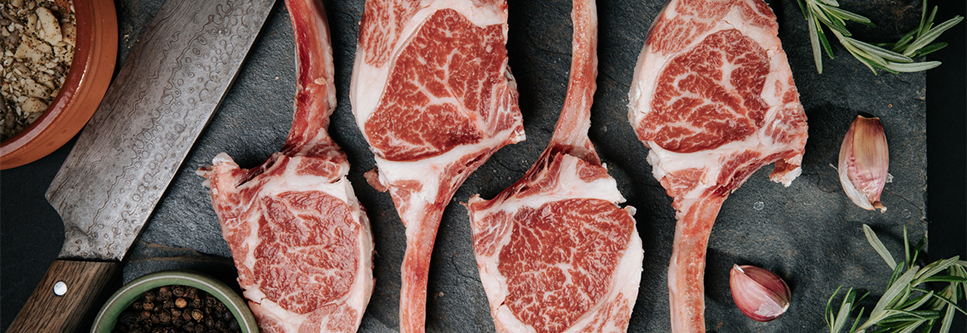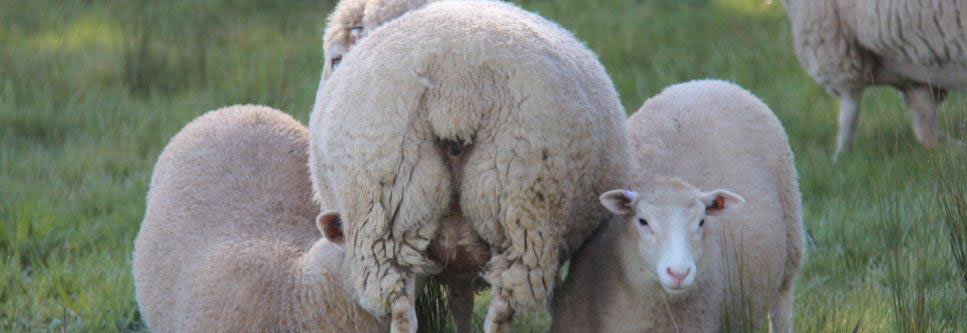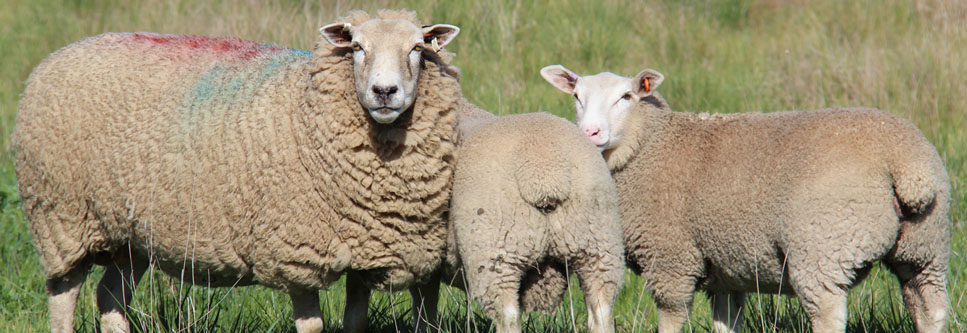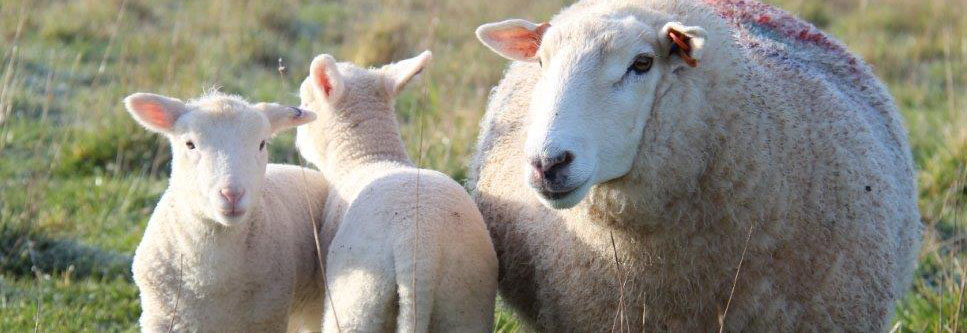Marbling
Could marbling be one of the biggest opportunities to reduce cost of production in lamb?
One of the biggest differences between beef and lamb systems is the low percentage of beef producers who finish cattle to a slaughter market compared to lamb. Beef relies mostly on vertical integrated grain finishing businesses, who utilise feedlots to improve the quality and the consistency of the beef, and more importantly control supply for the processing plants. This has created a very segmented integrated model, with breeders, backgrounders, finishers, and processors. While a number of beef producers undertake multiple steps in this process (breeding, backgrounding etc.), there is a growing number of beef producers who solely focus on breeding. This is resulting in beef production becoming simpler, and consequently the emergence of larger scale, labour efficient businesses, which are capable of running 1000 cows per labour unit.
Contradictory to beef, most lamb producers attempt to breed and finish their lambs to slaughter. We have always maintained, lamb producers operating a breeding and finishing enterprise in effect need to run two separate enterprises. We see it’s the finishing component where competency is often lacking and systems become more costly and less labour efficient. Plenty of producers do a great job at breeding with the right stocking rate, lambing percentage and growth rate to weaning, however many struggle with the finishing component. Poor growth rates are a significant issue for grass finishers, driven by feed quality and in some cases worm burdens on pastures. These growth rates cause lambs to stay on farm for prolonged periods, typically over Summer & Autumn when feed supply is low, creating increased cost & labour. These lambs also compete with breeding ewes for feed. Likewise, poor growth rates when grain finishing results in poor feed conversions, adding significant cost per kilogram of lamb produced.
The move to becoming a specialist store lamb producer on the surface is a simplistic low-cost system, however the pattern of turn off sees millions of lambs hitting the market over a confined period (November/December) and pricing can be significantly less on a cents per kg, than finished lambs. It is important to remember beef is split into autumn and spring (late winter) calving and finishers/backgrounders have more consistent supply of weaners. Additionally, beef has the luxury of being produced in varied rainfall climates (summer and winter effective rainfalls) from Southern VIC to Central QLD, who have different grass patterns for finishing and backgrounding. The other issue pertinent to lamb, compared to beef, is lambs use of teeth which creates a significantly less time frame for marketing.
Grain finishing the right genetics has a significant impact on marbling and meat quality, yet grain finished lamb isn’t differentiated in the marketplace, creating little incentive for a specialist finishing sector. For lamb to enjoy the same benefits of a specialist finishing sector two things must occur. Firstly, we need genetics that convert grain to a highly marbled product. The increase in carcase value makes a specialist finishing sector work. Heavier lambs, receiving higher returns on a cents per kilogram basis, will drive investment into finishing. It will also see backgrounding used to spread the supply of feeder lambs into feedlots. The second impact will be the value of store lambs. Producers who produce a lamb who has the propensity to produce a marbled product should see increased values in feeder lambs, similar as beef has seen with Wagyu and to a lesser degree Angus feeder cattle.
A dedicated lamb finishing sector will make lamb simpler, and more labour efficient. The production of domestic slaughter lambs will always be the backbone of the industry, however the size of the market is limited, and we need an industry that creates a scalable, lower cost production system for lamb producers to become profitable. LAMBPRO’s investment into highly marbled grain markets, combined with a specialised mechanism to transact feeder lambs using the Benchmark Feeder Lamb Sales, aims to make lamb simpler and create more value. Marbling is the key ingredient to make this model work.




